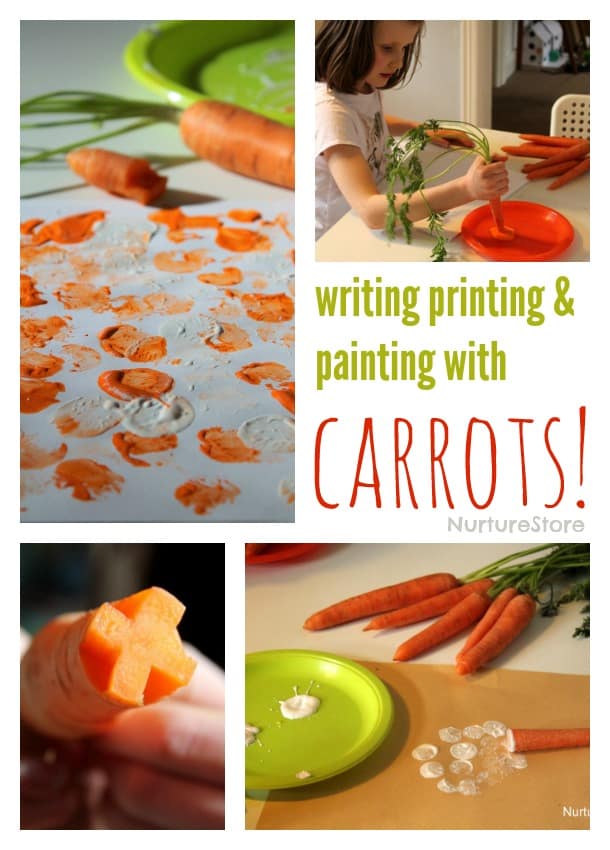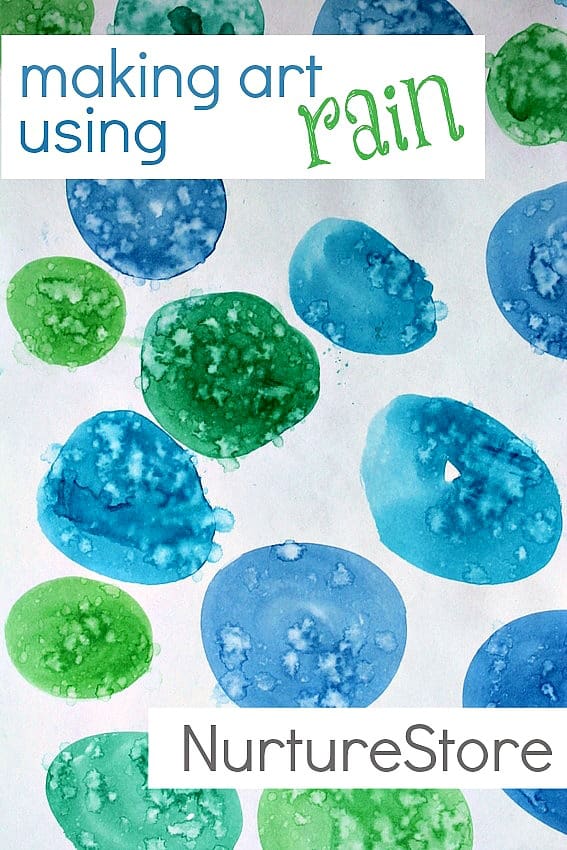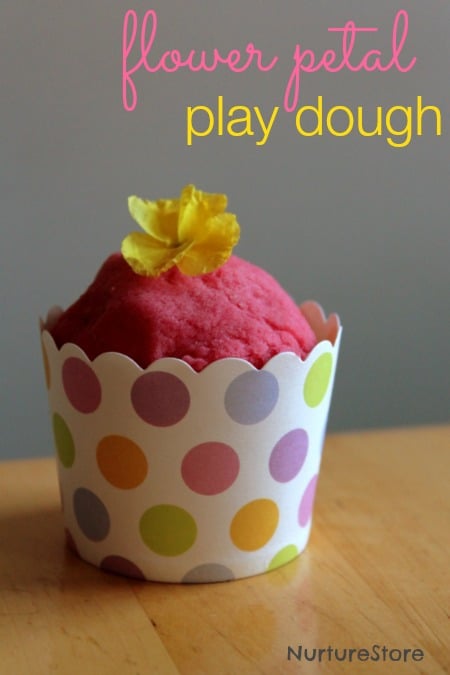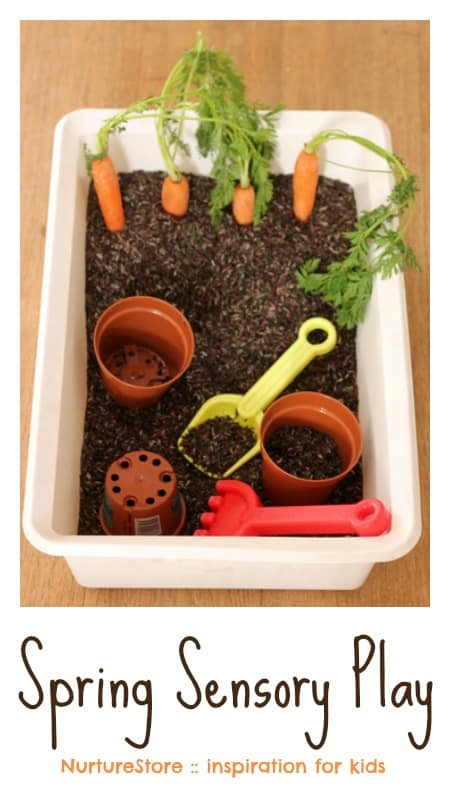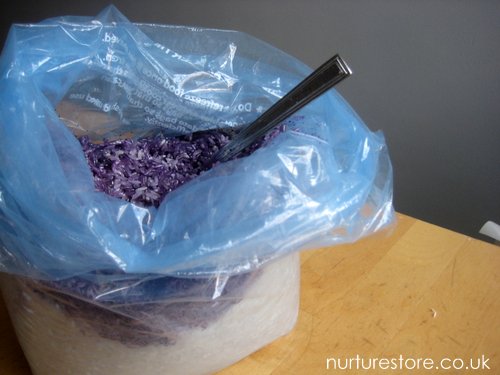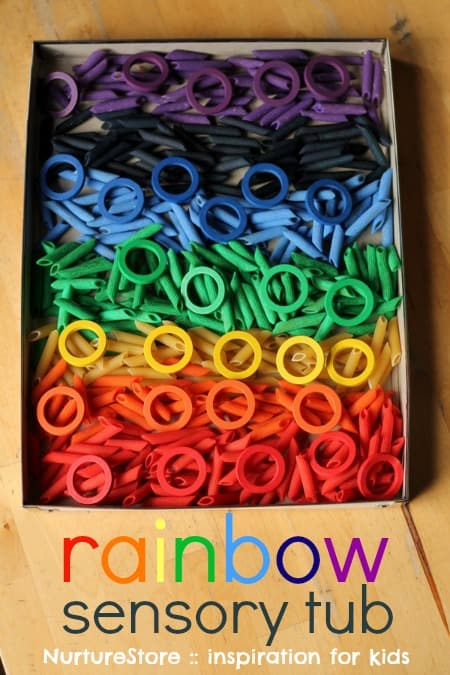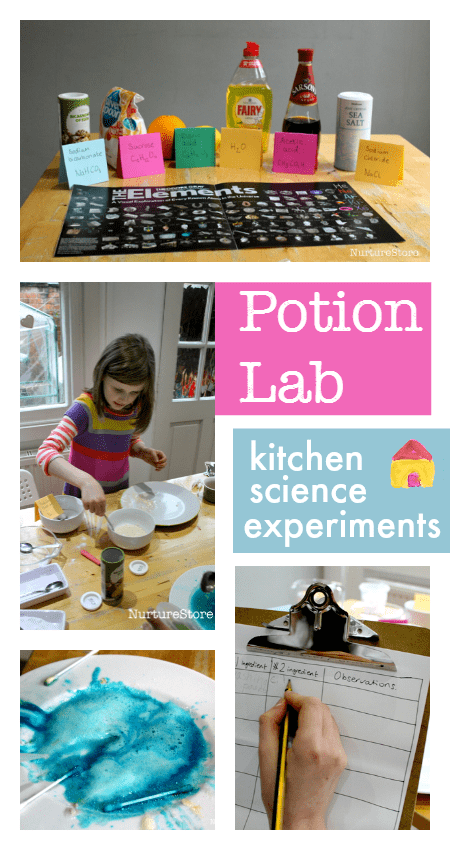For a fun Easter literacy activity, try this Easter writing activity – we’re printing with carrots!
[Read more…]Kids art :: painting with the rain
This kids art idea is a perfect rainy day activity and for April showers art – we’re painting with the rain!
Kids art :: painting with the rain
Spring play dough with flower petals
A new season calls for a new play dough recipe! This spring play dough combined with flower petals is a lovely invitation to sensory play.
Spring play dough with flower petals [Read more…]
Spring sensory play tub with carrots
This spring sensory play tub with carrots is great for a range of ages.
Here’s how to set it up, with extra ideas for spring activities for kids.
Spring sensory play tub with carrots
Watch our Sensory Tub Masterclass
Click to play on the video above to see our sensory tub masterclass. You’ll learn how to make a sensory tub for your children using simple materials, the benefits of sensory tubs for children, and how to use a sensory tub to teach children about math, literacy, science and fine motor skills.
You’ll also see lots of ideas for sensory tub fillings plus find out how to get great printables to add to your tubs. Subscribe to NurtureStore’s YouTube channel to get more sensory play videos!
Sensory tubs are wonderful for children to play with. They offer opportunities to explore sights, sounds, smells and textures, and promote lots of imaginary play and language development.
There are three basic ingredients you need for a sensory tub:
:: the tub itself. You’ll want something large enough to hold your materials, but shallow enough so your child can easily reach inside. I usually use this under-the-bed storage box, which is just right.
:: a base material. We’re using rice today, but you could use shredded brown paper, dyed pasta, or real compost for your tub.
To dye the rice I placed it in a plastic bag and added green and red food colouring gel. (Photo borrowed from our lavender sensory tub because I forgot to take a photo this time!)
Give it a good shake, until all the rice is coated in the colouring.
Then spread it out to dry.
I set mine out on a tablecloth and left it overnight – and in the morning discovered the children had already started playing with it, drawing shapes and letters in the rice.
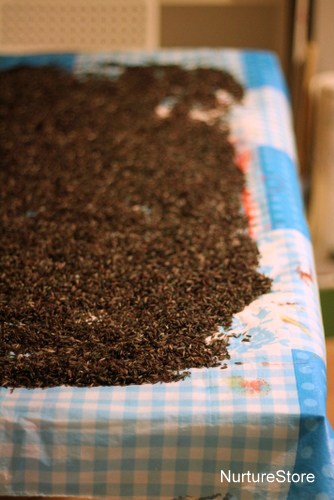
:: Added extras. Try to include a variety of open-ended materials, in different colours, shapes, sizes or textures.
These extra materials can give the children a spark of an idea, and they can use them to explore the tub or start some imaginary play.
Today we have some little spades, rakes, and plant pots. These are great for scooping, pouring and filling. Or perhaps for some pretend gardening.
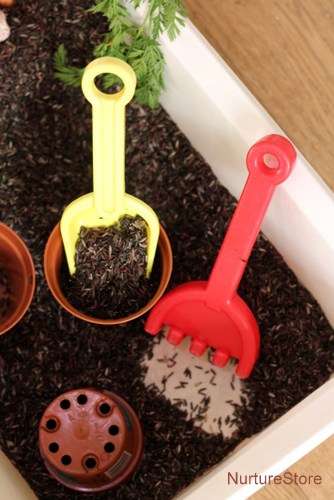
We also have some real carrots, looking fantastic with their feathery leaves still on.
These bring another, natural texture to the sensory tub, and are fun to plant and pull out of the ground.
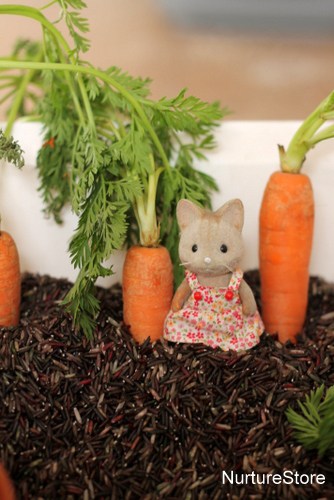
And finally, a few little characters are always popular with my children, and very often are a spark for storytelling and puppet shows.
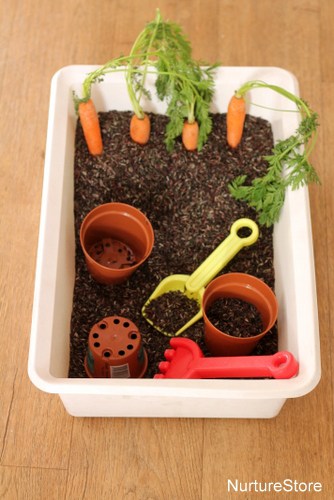
How to dye pasta for a rainbow sensory tub
A rainbow sensory tub is such a delight for the eyes and hands! Here’s how to dye pasta to make a lovely rainbow base for your play, along with some ideas you can use to explore the tub.
How to dye pasta for a rainbow sensory tub [Read more…]
Easy kitchen science experiments potion lab
This potion lab is one of those fantastic, easy kitchen science experiments that you can set up at home, or in class, for lots of interesting, hands-on, discovery.
Easy kitchen science experiments :: Potion Lab
- « Previous Page
- 1
- …
- 17
- 18
- 19
- 20
- 21
- …
- 40
- Next Page »


